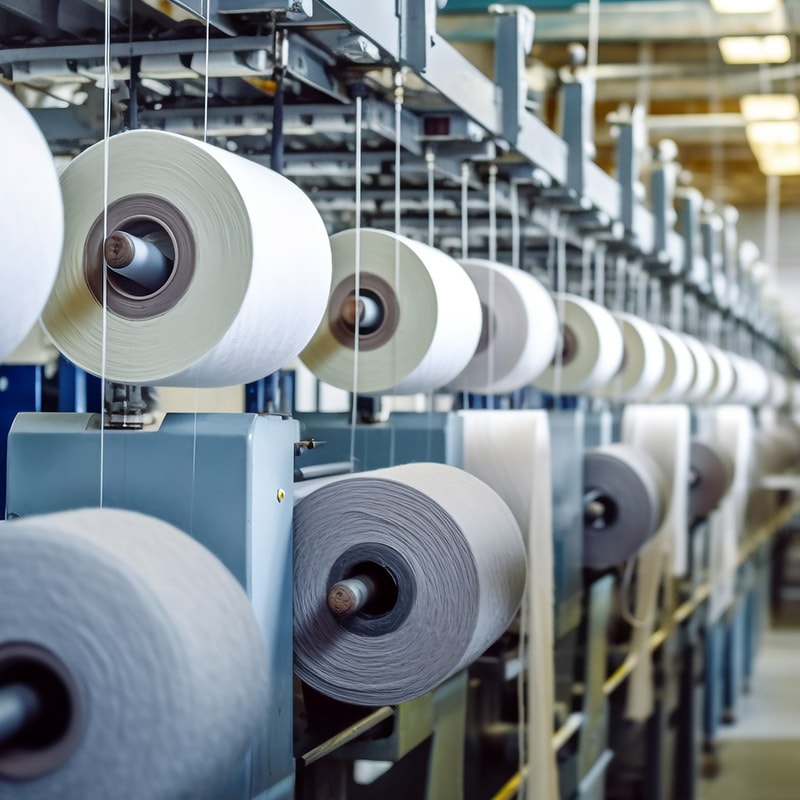In line with the country's dual carbon strategy and to achieve sustainable development, the company invested heavily in 2021 and constructed multiple chemical fiber production lines using advanced production equipment at home and abroad. On the basis of differentiated fibers, various regenerated functional fibers were added to meet the requirements of various customers at home and abroad.


Used for spinning and producing various types of yarn, such as knitted yarn, woven yarn, etc. These yarns can be further processed into fabrics, clothing, home textile products, etc.

Recycled PET fibers can be used to produce non-woven fabrics, which have the characteristics of high strength, wear resistance, and recyclability, and are suitable for making medical supplies, hygiene products, industrial fabrics, etc.

Recycled PET fibers are also commonly used as filling materials, such as for down jackets, bedding, pillows, etc.
A global eco-label for textiles, which ensures that textiles are free of harmful substances and fit for human use.
GRS is an internationally recognized third-party certification standard for recycled materials, ensuring that a certain percentage of recycled materials are used in the production process, and that these materials are sourced and used in a manner that meets environmental and social responsibility requirements.
Ocean Bound Plastic (OBP) certification is a certification system for recycled plastic materials that focuses on plastic waste that may end up in the ocean. Ensure that these plastic wastes are properly collected, treated and reused to reduce the potential impact on the Marine environment.